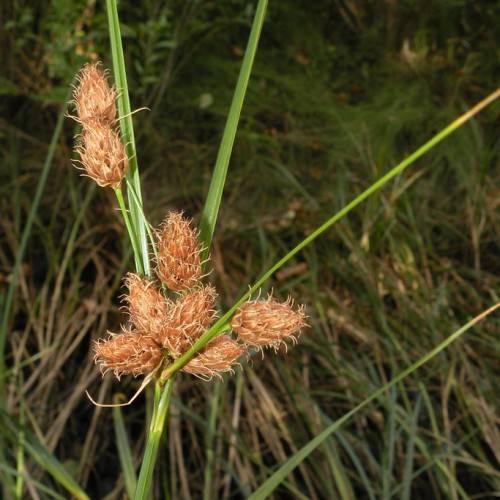
Sturdy Bulrush
Bolboschoenus robustus
Watering:
Frequent
Hardiness Zone:
Sun:
full sun,part shade
Growth Rate:
Low
Drought Tolerant:
Yes
Salt Tolerant:
Yes
watering
Alkali Bulrush should be watered deeply twice a week in warmer months, and only once a week in cooler months. Generally, about 2-4 gallons of water per application should be used when providing water to the Alkali Bulrush. When the soil feels dry to the touch, it is time to water again. It is important to remember to not over-water, as this can cause root rot.
sunlight
Alkali Bulrush typically enjoys ample amounts of direct sunlight and thrives in full or partial sun. It should get at least 6 hours of direct sunlight per day and if possible, up to 10 hours of daily sunlight is ideal. To ensure this species thrives, it is important to provide appropriate light throughout the entire year. During the summer, Alkali Bulrush should be exposed to a full 10 hours of sunlight and during the winter, that should be reduced to 6-8 hours of sunlight.
pruning
Alkali Bulrush should be pruned very lightly in early spring and then again in the late summer. Pruning in this way keeps it from becoming too dense, releasing some of its energy for blooming. It is best to clip only off the top 6-10 inches of the plants, since going too deep when pruning can damage the plant's root system. Remove any dead or unattractive foliage, as well as any branches that are growing in a less than desirable direction. Monitor the plant over the season and periodically prune off any dead or excess foliage as needed.
